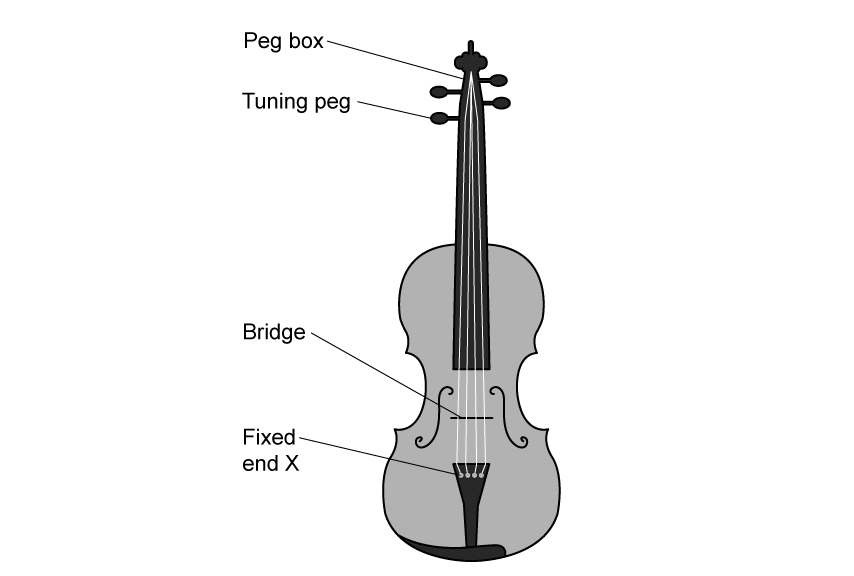Standing waves are sometimes referred to as stationary waves.
State three conditions which are required for the formation of a standing wave.
Standing waves can be thought of as the opposite of progressive waves.
Use the text in the box to complete the sentences below, comparing the two types of wave.
| constant | transfer | do not |
| store | do | different at different points |
A stationary wave is made up of nodes and anti-nodes. State the definitions of
The length L shows 2.5 full wavelengths of a standing wave in a column of air.

State the boundary conditions for the formation of this standing wave.
Did this page help you?


















